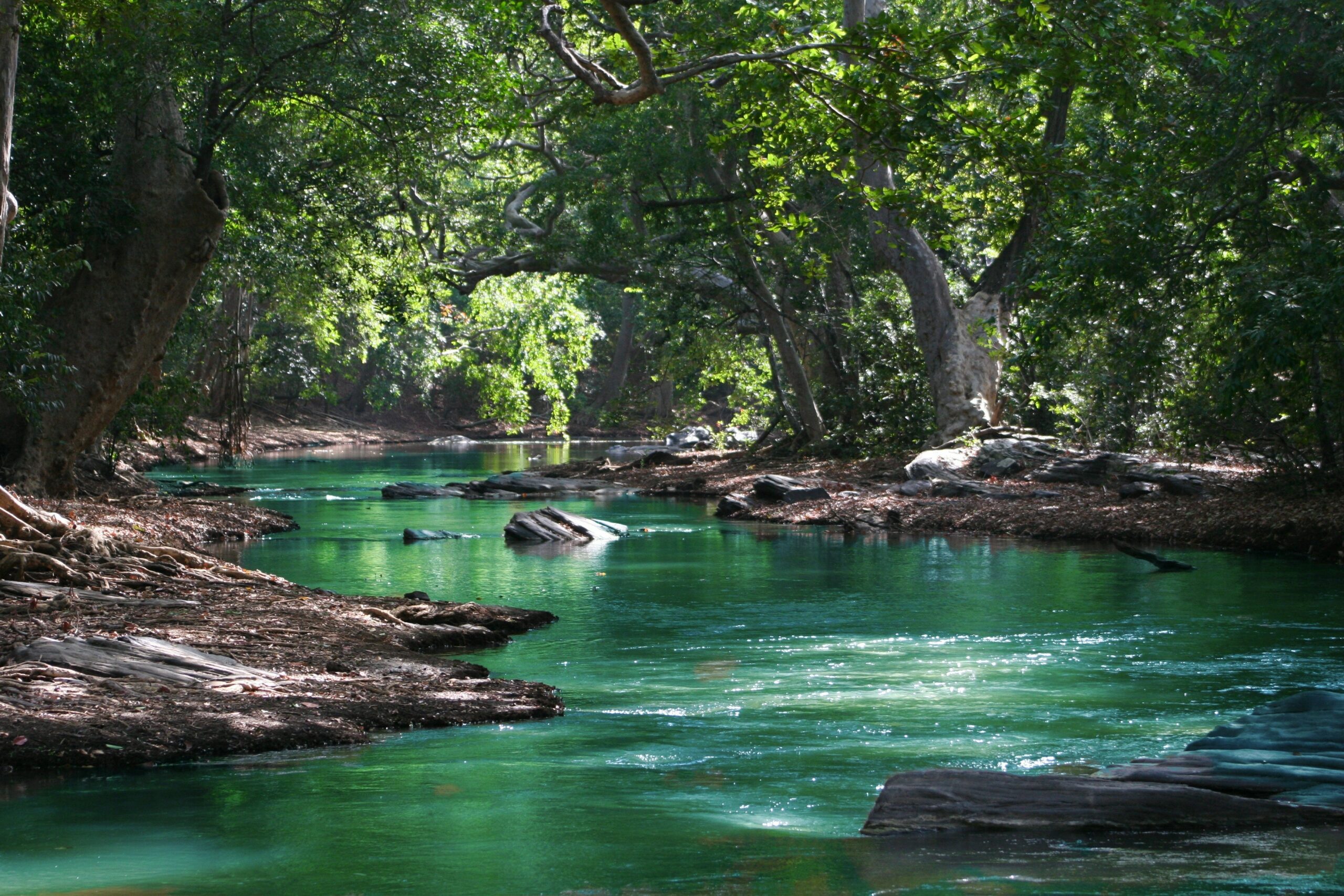Prolonged rain, severe storms, and extreme weather conditions can all lead to flooding. Flooding can be widespread and build up over time with multiple days and several inches of rainfall or it can be quick and unexpected. Quick unexpected floods are called flash floods and they can be some of the most dangerous floods to manage. When we prepare for expected floods, we tend to focus on our homes, our transportation & schedule changes, loss of power, and potential property damage. Our trees and landscape often get left out of the equation but are indeed part of commercial and residential property.
Effects of Standing Water on Trees & Soil
The way standing water affects our trees and landscape greatly depends on the amount of water (how much of the tree is covered), how long the standing water lasts, the species of the tree, and the overall health of the tree prior to the flood. The time of year can also contribute to how much flooding your trees can withstand. Standing water is less damaging to trees during the dormant season.
Water increases the acid in soil and buildup of decomposed matter that is full of methane and carbon dioxide. This build-up of methane and carbon dioxide will over time kill plants, shrubs, flowers, and trees. This over-saturation of water also reduces oxygen aeration.
Signs of Flood Damage:
- Tree uprooting & Root heaving
- Wilted leaves – From being waterlogged
- Bark damage – Damage caused by debris that has swept past the tree during the flood
- Wind-damaged branches – Heavy rain or flash floods are part of a larger storm system with high winds
Assessing Flood Damage to Trees & Landscape
There are two main ways that floods cause damage to trees: physical and physiological damage. As flood waters recede, physical tree damage becomes more apparent. Physiological damage is harder to determine, most property owners will have to wait until spring to monitor new growth to understand how badly their trees have been affected by flooding.
Broken branches hanging in the trees, significant bark damage, soil erosion, and leaning trees should all be resolved as soon as possible. Leaning trees are at a greater risk of falling down and causing further property damage or personal injury.
Flooded Tree Recovery
While we can not always prevent tree damage from floods and multiple days or weeks of standing water, there are ways to help some of our trees recover. Tree recovery is a process and can take several seasons to accomplish. Watch your tree over time to monitor new signs of distress. Some damage from being waterlogged may not show up immediately. Having an experienced arborist evaluate your flooded trees can help ensure you are taking the correct measures for recovery.
Solutions for Waterlogged Trees
- Exposed roots – Providing stable ground by replacing washed-out soil can help your tree thrive.
- Wilted leaves, brown or yellow leaves – Good fertilization can help bring nutrients back into the soil
- Bark damage – Damage to bark can be sealed to help prevent further insect damage and diseases
- Wind-damaged branches – Damaged branches should be trimmed back with clean cuts
Removing Flood-Damaged Trees
In some cases, recovering a water-damaged tree is not possible. If more than half of the tree’s circumference is affected, the tree should be removed. The chance of disease and decay are far greater creating an unstable and unsafe tree. If a tree has been forced into a leaning position, it should also be removed, it is inevitably going to fall down.
You should never remove large trees on your own. Certified and licensed professionals are your best choice in removing dangerous, damaged trees from your property. Blackhawk Tree Services ISA-certified specialists have been studying trees for decades. Let our professionals give you a free estimate on our tree services.

